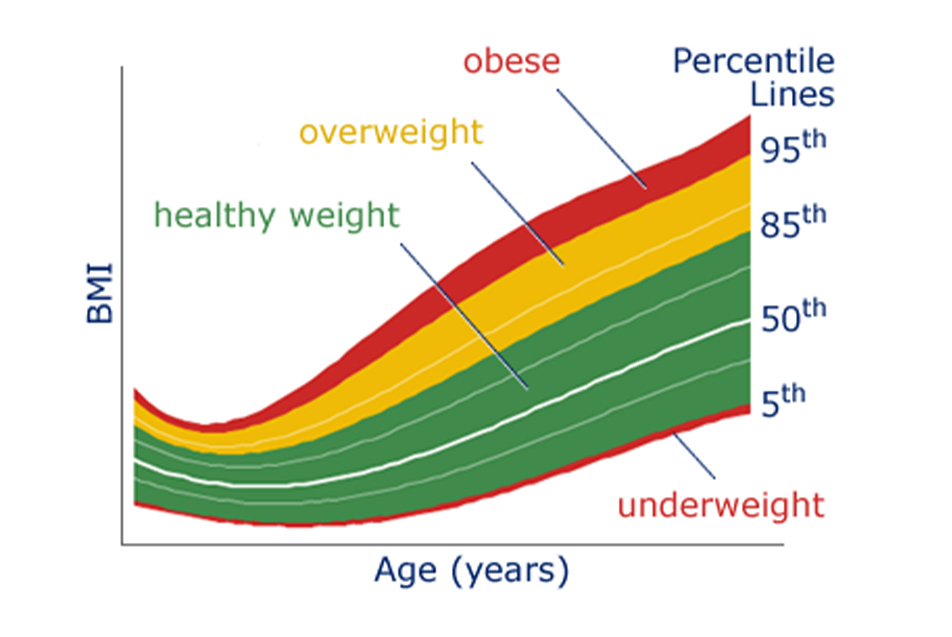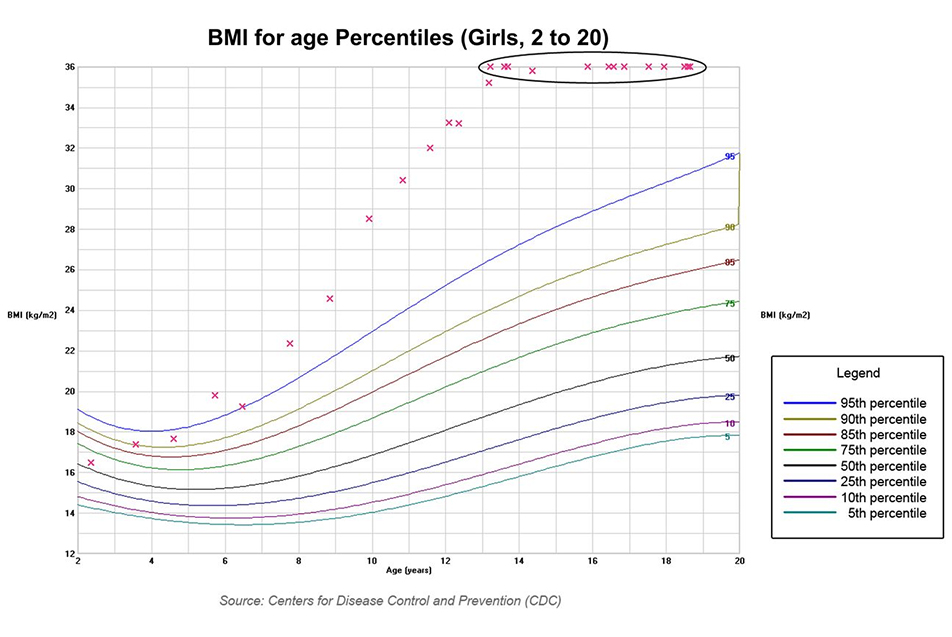
This post was written by Ryan Singerman, DO, PPG – Weight Management & Bariatric Surgery.
COVID-19 has placed unprecedented challenges on all our lives. It has affected our health, emotions, mental state and even weight. Since the beginning of the pandemic, we have witnessed significant weight gain across all ages and demographics, especially children.
Why it’s happening
The reasons behind this significant increase in pediatric weight gain, associated with the global pandemic, are complex issues. In hopes of understanding this issue, we can break things down into several more significant categories, which include:
- School closures resulting in a lack of healthier options for breakfast and lunch
- School closures resulting in a lack of physical education (PE) classes
- Home quarantine causing a reduction in outdoor play, further decreasing physical activity
- Home quarantine and virtual learning creating increased access to food throughout the day
- Stress from all sources resulting in on-demand, emotional and boredom eating
- A significant increase in screen time, an average of 5 hours a day increase during the pandemic
The risks of childhood obesity
Additionally, pediatric obesity also poses significant risks to a child’s overall health and well-being. This disease state is a complex body-mind-emotional triad that could increase the following:
- weight gain and weight gaining behaviors
- blood pressure and cholesterol
- insulin resistance and diabetes
- asthma and sleep apnea
- joint pain and body discomfort
- fatty liver disease, gallstones and heartburn
- ADHD, anxiety, depression and suicide
- bullying and low self-esteem
- the risk of nearly every cancer

How to measure
Measuring extra body weight can be challenging with children. Body mass index (BMI) is not the sole diagnostic tool or the most sensitive way of measuring excess body fat. Instead, we use the Centers for Disease Control and Prevention (CDC) data that references growth in conjunction with a patient’s BMI. Many parents and caregivers have probably seen these charts. They graph a child’s height, weight, and, if less than two years old, their head circumference. Generally, any child whose body weight is at or higher than the 95th percentile, unless their height is also over the 95th percentile, has too much body weight, and is at risk for obesity.

Lifestyle modifications
Any child dealing with obesity between the ages of 12 to 18, even if they are no longer obese as adults, is 80% more likely to develop diabetes in their lifetime. It is critical as a parent to recognize the severe risk that obesity presents to a child’s health. Fortunately, this disease is both treatable and preventable. Many everyday lifestyle practices that people engage in without a second thought can be modified to help children be more successful. A few strategies for getting started can include:
- Making the necessary dietary changes in the household
- Eliminating soda, juice, sports drinks and milk (yes, even milk)
- Reducing or eliminating filler foods with meals (chips, granola bars, pretzels, French fries, etc.)
- Sticking to one serving or helping per meal
- Allowing for a healthy single-serving snack between meals (a cheese stick, a piece of fruit, etc.)
- Reducing the days you eat out to no more than once a week
- If you must eat out, do not order side dishes and only drink water
- Seeking out information and further education or training on authoritative parenting
- Eliminating the “do as I say not as I do” mentality
- Incorporating more physical activity (a 15-minute family walk is better than nothing)
- Reducing recreational screen time to less than 2 hours
- Spending quality time with your children away from and without digital distractions
- Being mindful of your child’s needs and consider counseling if there are any signs of stress, excess eating, aggression, irritability, acting out or isolation
If there’s no progress after six weeks to three months of making these lifestyle changes, or not enough progress, you should seek professional help. Several places to find professional help include your primary care provider, an American Board of Obesity Medicine certified physician, a registered dietitian, physical therapist for mobility/exercise training, professional family/child counselor or parenting classes.
Final thoughts
COVID-19 has impacted our community and our health far beyond the reach of the disease itself. We must make lifestyle changes to protect our children at risk for childhood obesity and treat those who are already struggling. Together we can change our trajectory and improve the health of our children for the future.
Helpful resources
Article: When Pandemics Collide: The Impact of COVID-19 on Childhood Obesity
Nutritional resources
Nourish by WebMD – Boost your family’s interest in healthy foods
Mom junction: Food games and activities for kids
US Department of Agriculture: What is MyPlate?
TIME: 5 habits of vegetarians you should steal
TIME: 9 behaviors that make you eat more
Serious eats: 33 nutty, tasty and filling recipes with whole grains
Nutritious life: A primer on healthy portions sizes
Physical activity resources
CDC: How to be physically active while social distancing
First cry parenting: Indoor and outdoor physical activities for kids
Stress relief resources
Mental health matters: 10 stress relief games
Citrus sleep: Fun stress relief games and activities
WebMD: How making music reduces stress
University of Minnesota: Develop your spiritual resources
Skills you need: An introduction to conflict resolution
Parenting resources
Very well family: Why being an authoritative parent is the best approach
Very well family: Authoritative parenting characteristics and effects



